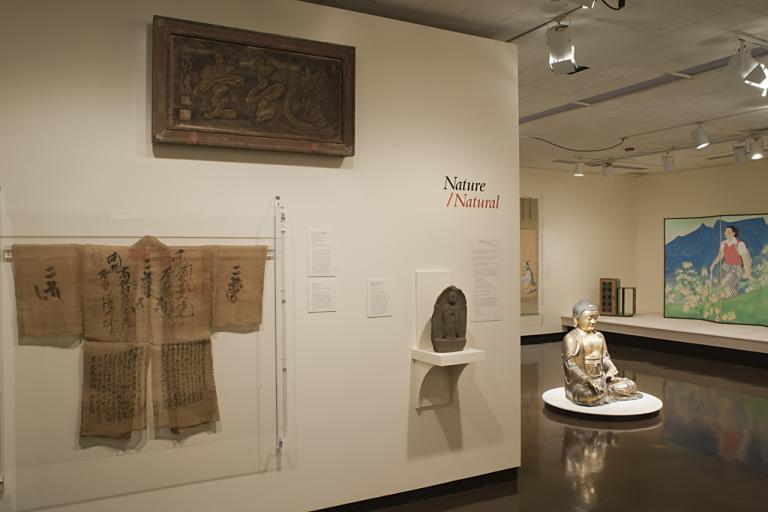courtesan offering a pipe to Bodhidharma, Suzuki Harunobu
Artwork Overview
Suzuki Harunobu, artist
circa 1725–1770
courtesan offering a pipe to Bodhidharma,
1765, Edo period (1600–1868)
Where object was made: Japan
Material/technique: color woodcut
Dimensions:
Image Dimensions Height/Width (Height x Width): 275 x 195 mm
Image Dimensions Height/Width (Height x Width): 10 13/16 x 7 11/16 in
Sheet/Paper Dimensions (Height x Width): 275 x 207 mm
Sheet/Paper Dimensions (Height x Width): 10 13/16 x 8 1/8 in
Mat Dimensions (Height x Width): 19 x 14 in
Image Dimensions Height/Width (Height x Width): 275 x 195 mm
Image Dimensions Height/Width (Height x Width): 10 13/16 x 7 11/16 in
Sheet/Paper Dimensions (Height x Width): 275 x 207 mm
Sheet/Paper Dimensions (Height x Width): 10 13/16 x 8 1/8 in
Mat Dimensions (Height x Width): 19 x 14 in
Credit line: William Bridges Thayer Memorial
Accession number: 1928.7580
Not on display
If you wish to reproduce this image, please submit an image request














